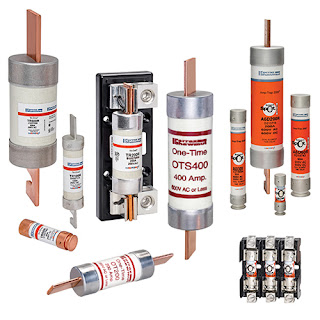Signal Conditioners can be Calibrated in Seconds
Macro Sensors has broadened its Eazy-Cal MMX Series of Mini-Module LVDT signal conditioners with a 4-20mA output model that supports process control and factory automation applications. This single-channel signal conditioner is also available with a low-noise 0-10VDC output. To reduce noise and eliminate voltage drops in analogue voltage signals, the marketplace has adopted an analogue current (4-20mA) output as its standard.
A 4-20mA current output allows the user to run longer cables from the sensor to the control system without the worry of noise being induced on the signal or having to calibrate out the voltage drop owing to the impedance of the cabling. Eazy-Cal Mini-Module LVDT signal conditioners are quickly calibrated in seconds using two front-panel pushbuttons. The elimination of repetitive null and span potentiometer adjustments associated with conventional analogue-based signal conditioners enables a faster and easier setup.
An intuitive, sequencing four-LED status indicator guides the operator through the calibration process and provides foolproof feedback to ensure calibration integrity. In addition to a simplistic calibration, the Eazy-Cal Mini-Module LVDT signal conditioners measure 2.77 x 3.35 x 0.7in and take up less space than standard-size DIN-rail signal conditioners. Compact and lightweight, modules are suited to installation in locations with limited space.
The Eazy-Cal MMX Series of Mini-Module LVDT signal conditioners is also economically priced for the OEM market, according to the company. Modules support most manufacturers' LVDT position sensors with plug-and-play compatibility and can be remotely located by up to 100ft to facilitate LVDT operation in extreme environments. For multiple channel applications, up to 10 Eazy-Cal MMX Series modules can be connected together in master/slave mode to synchronise their excitation oscillator frequency, eliminating the effects of heterodyning and spurious beat frequency signals, cross talk and intermodulation effects.
A 4-20mA current output allows the user to run longer cables from the sensor to the control system without the worry of noise being induced on the signal or having to calibrate out the voltage drop owing to the impedance of the cabling. Eazy-Cal Mini-Module LVDT signal conditioners are quickly calibrated in seconds using two front-panel pushbuttons. The elimination of repetitive null and span potentiometer adjustments associated with conventional analogue-based signal conditioners enables a faster and easier setup.
An intuitive, sequencing four-LED status indicator guides the operator through the calibration process and provides foolproof feedback to ensure calibration integrity. In addition to a simplistic calibration, the Eazy-Cal Mini-Module LVDT signal conditioners measure 2.77 x 3.35 x 0.7in and take up less space than standard-size DIN-rail signal conditioners. Compact and lightweight, modules are suited to installation in locations with limited space.
The Eazy-Cal MMX Series of Mini-Module LVDT signal conditioners is also economically priced for the OEM market, according to the company. Modules support most manufacturers' LVDT position sensors with plug-and-play compatibility and can be remotely located by up to 100ft to facilitate LVDT operation in extreme environments. For multiple channel applications, up to 10 Eazy-Cal MMX Series modules can be connected together in master/slave mode to synchronise their excitation oscillator frequency, eliminating the effects of heterodyning and spurious beat frequency signals, cross talk and intermodulation effects.


Comments